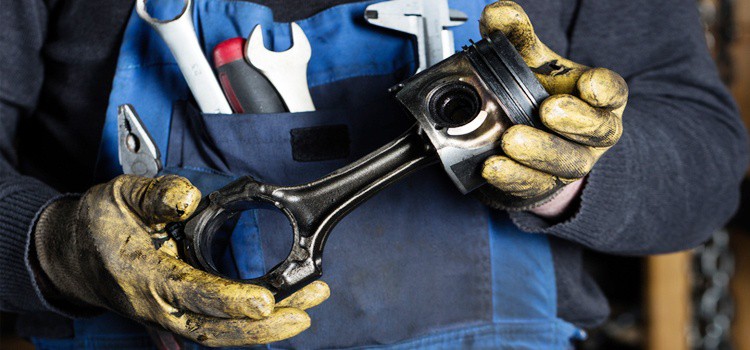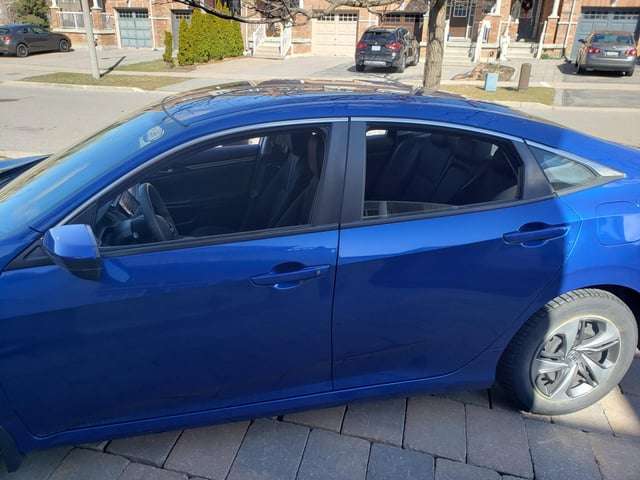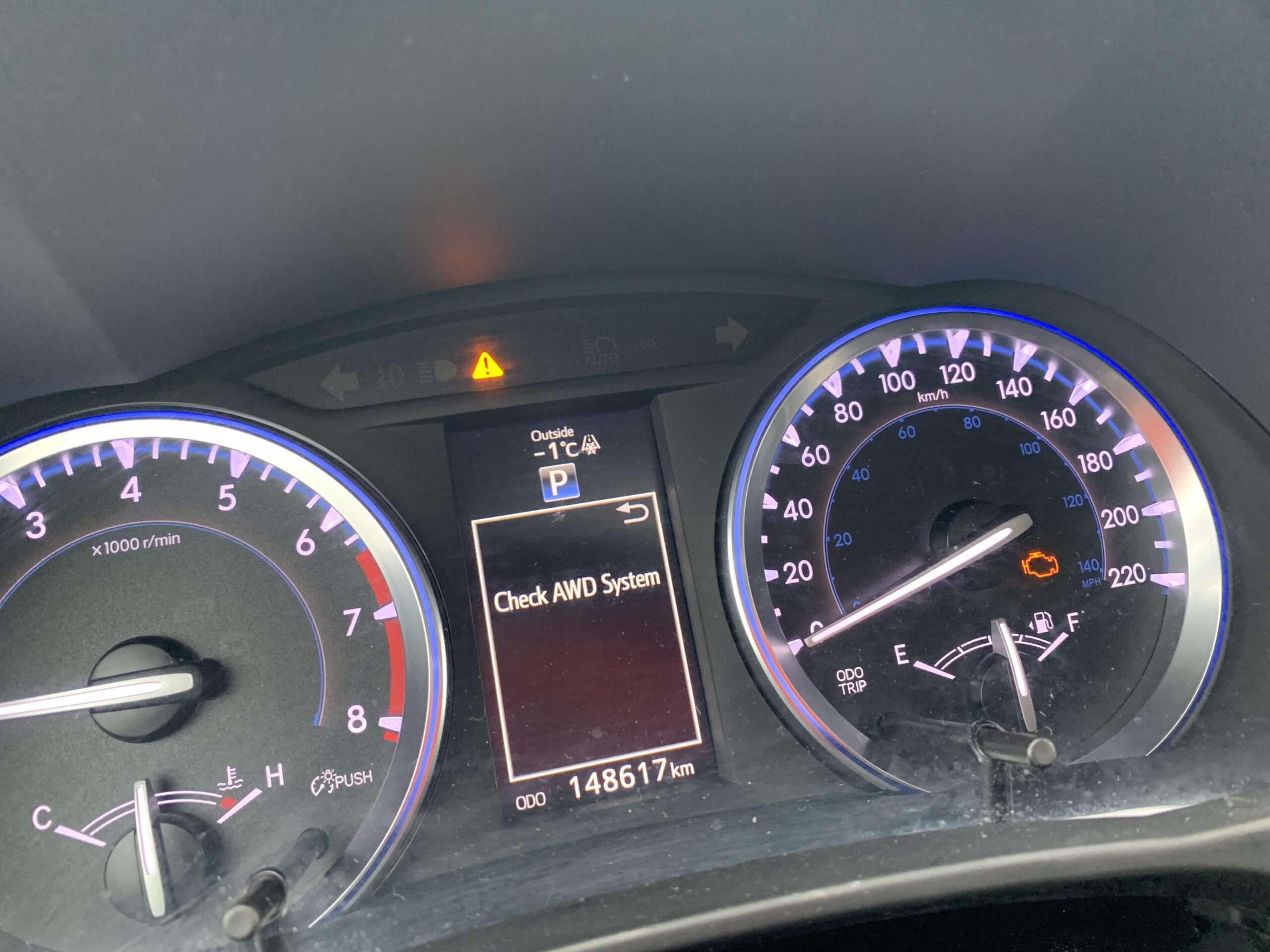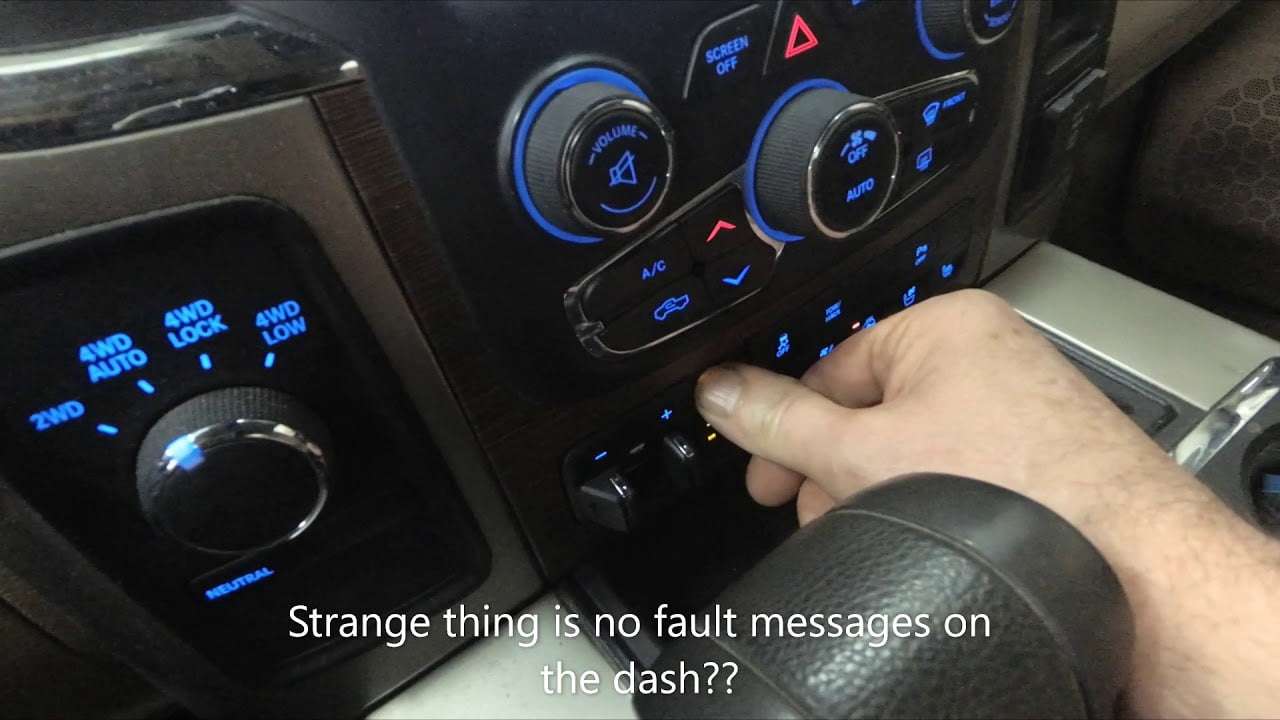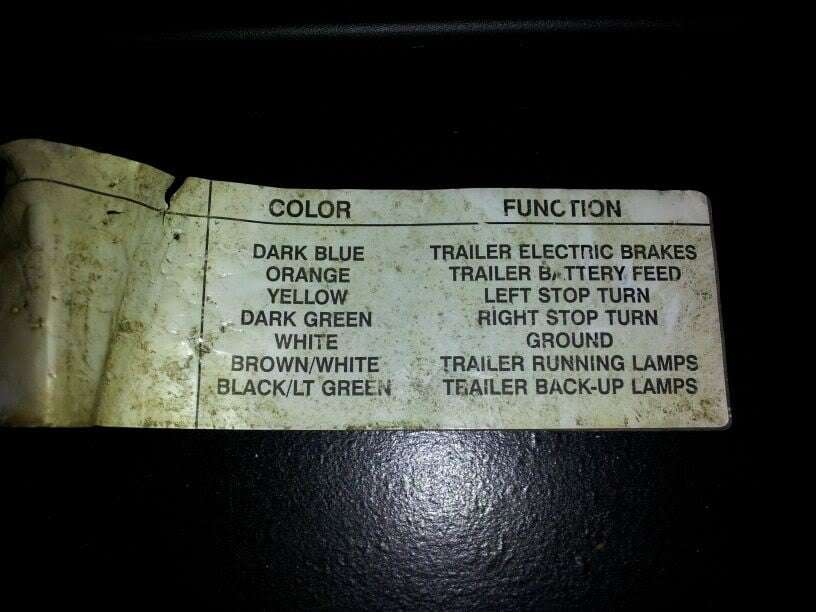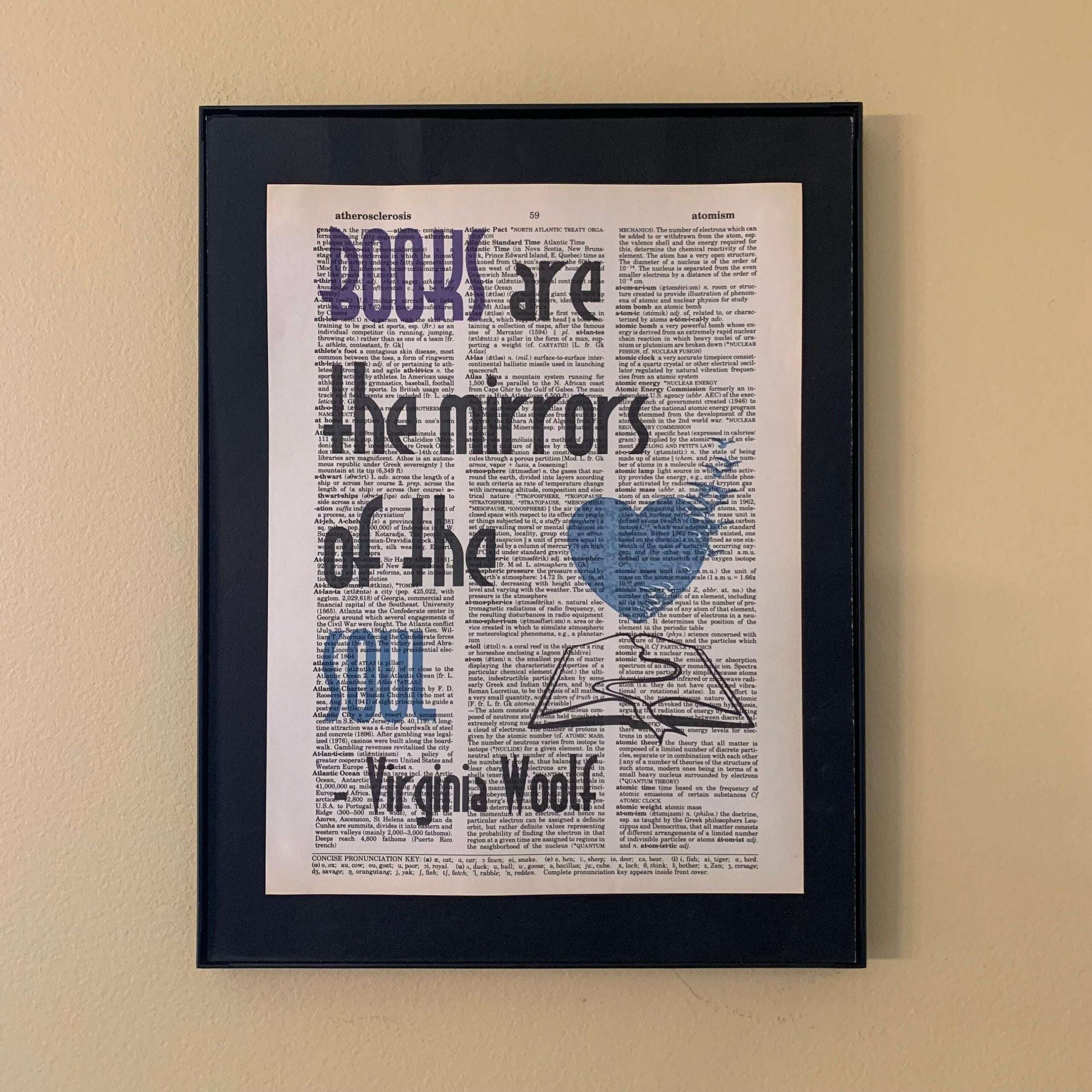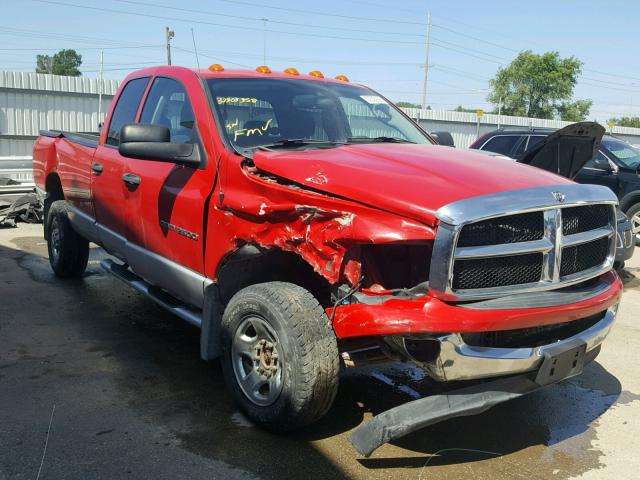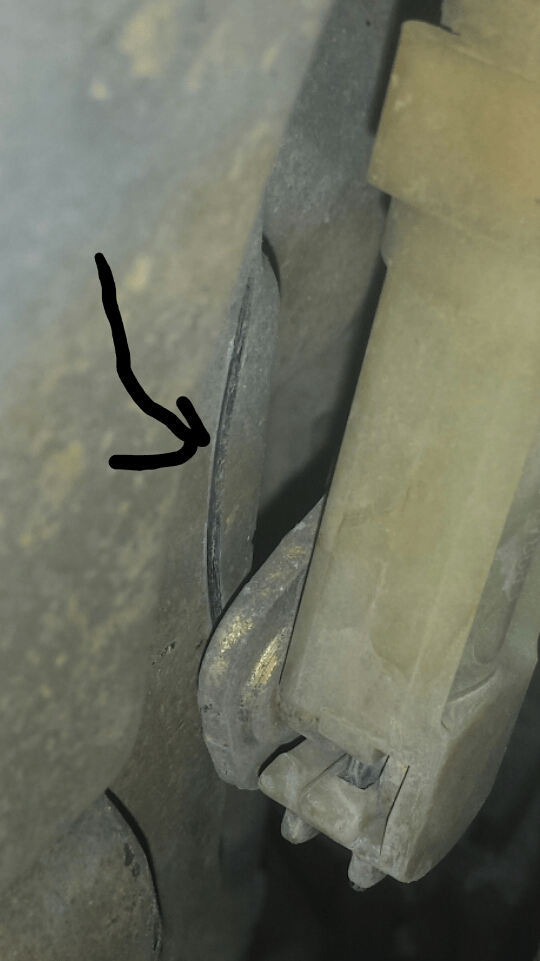Every day worldwide around 3600 people search the term ‘Piston Slap or, Piston Slapping’. This fact describes the severity of the problem.
Many of you might have landed here just because of utter curiosity. Others are facing this problem and looking for viable solutions.
Now, what causes the piston slap?
Well, the piston slap is the sound created by the piston hitting the cylinder wall. This happens if there is an excessive gap between the piston and cylinder wall.
There are four secure methods of piston slap fix. Here’s the Deal!
- Replace the oversized piston with two passenger side pistons.
- Re-ring or replace the piston ring compressor kit on one side of the piston.
- Apply a piston skirt coating.
- Apply thick piston oils.
[amazon box=”B074FW4JYT,B0002F7IZ8″ template=”list”]
Besides these, there are some common ways to prevent it. Proper maintenance, regular oil change, usage of sufficient oil might delay the engine slapping.
So, let’s jump into the details without any further delay.
Piston Slap Symptoms
These symptoms are EASY to detect! If you have a proper hearing ability, then you’ll detect piston slapping in no time. Yeah. It’s that simple.
If you notice a muffled, hollow sound to take place, the chance of it being piston slapping gets high when-
- Sounds almost similar to a bell sound.
- It takes place only when a cold engine starts.
- It seems to minimize overtime.
If these symptoms match then, congratulations, your car has a piston slap.
Hidden Culprits Behind Piston Slapping
“What causes Piston Slap?”- the answer to this simple question isn’t that simple indeed. We’ll tell you how!
The source of this mishap can any of the bent connecting rods, wet sumped crankshaft, and most generally, the wearing taking place on the piston.
Bent Connecting Rod
Due to uneven liquid compression, connection rods are likely to bend a bit. One of its consequences is piston slapping.
Let’s make the process simpler for you-
- Liquid oil enters right into the chamber
- You apply an electric starter to the engine
- Liquid won’t compress like a fuel and air mixture
- The rod will bend as the piston gets stopped prematurely
- This bent rod will cause your piston to get derailed and start making noises.
In this case, It will be hard to differentiate between a piston slap and an engine knock. Because, unlike piston slap, engine knock does not go away after some time.
Solution: If you suspect that you have a bent rod, then you should go to a mechanic to check. If it’s really a bent rod, then you will have to replace it with a new one.
Wet Sumped Crankshaft
If you have wet sumping it can cause two things.
- High oil consumption on start-up. And,
- The excess oil in the crankshaft oil seal will cause enough increase in pressure to damage seals.
[amazon box=”B08DLJFWGL” template=”list” title=”Recommended Crankshaft Oil Seal”]
This may eventually knock your piston off balance and then create piston slapping.
Solution: Check whether you have a dirty valve and clean it to cure the problem. However, the safest option is to change the oil pump(s) anyway.
Piston Wearing
Sometimes it’s just normal wearing that causes piston slapping. Some start pressing the paddle as soon as the car gets started. They don’t give time for the car to warm up.
Now that you’ve known the reasons behind the piston slap on a deeper level, let’s begin with the common solutions.
Method 1: Replace the Pistons
This is the ultimate and costliest solution available. If your piston slapping doesn’t go off after warming up the engine, then you should really consider changing the pistons.
Replacement Procedure: The two passenger-side pistons are replaced with oversized one.
For better safety, you should replace its rings on all of the drivers’ side pistons. Also, don’t think that this is a DIY job. Try it yourself only if you think you are an expert.
Method 2: Re-Ring the Rings
This is a bit of a temporary solution. Here you’ll re-ring the gaps on one side of the piston. This will prevent extra oil from entering your cylinder. Which will prevent extra pressure that damages the walls?
Eventually, your piston will get a better balance and will stay in line. As a result, your piston slapping will be resolved temporarily.
Method 3: Apply a Skirt Coating
The lower part of the piston is called a skirt. A skirt coating wears in and fills the cylinder clearance. This is actually a solid-film lubricant coating that is sprayed into the cylinder bore. Some new coatings create bonding within the bore and develop stronger protection.
Method 4: Piston Oils Can Save your Day
If the above methods are a bit costly for you then this temporary solution will save your day. Find out a thick oil that would fill the clearance. This way your engine will stop making noises.
Method 5: Wait till the sound goes away
This is not an actual solution, to be honest. Sometimes even new engines show piston slapping when getting started. It’s because the engines are built with a bit of gap between the cylinder bores and the piston.
When the engine gets heated up, the piston will stop slapping automatically.
Other Possible Reasons
Other reasons include too lean fuel mixture, lack of lubrication, seized piston pin, etc.
FAQ’s
Will piston slap damage the engine?
Is piston slap dangerous?
Are engine knock and piston slap the same?
Is valve slap and piston slap the same?
Takeaway
Piston Slapping is a technique that can be used to avoid being cut off by the other driver. It works well in tight spaces or when you need to get out of another vehicle’s way quickly without causing an accident.
To perform this tactic, simply use your brakes and steering wheel at the same time while making sure not to hit either side of the car with your tires.
If done correctly, it should cause enough noise for people nearby to notice what’s going on and allow you space from any potential accidents before they happen!
